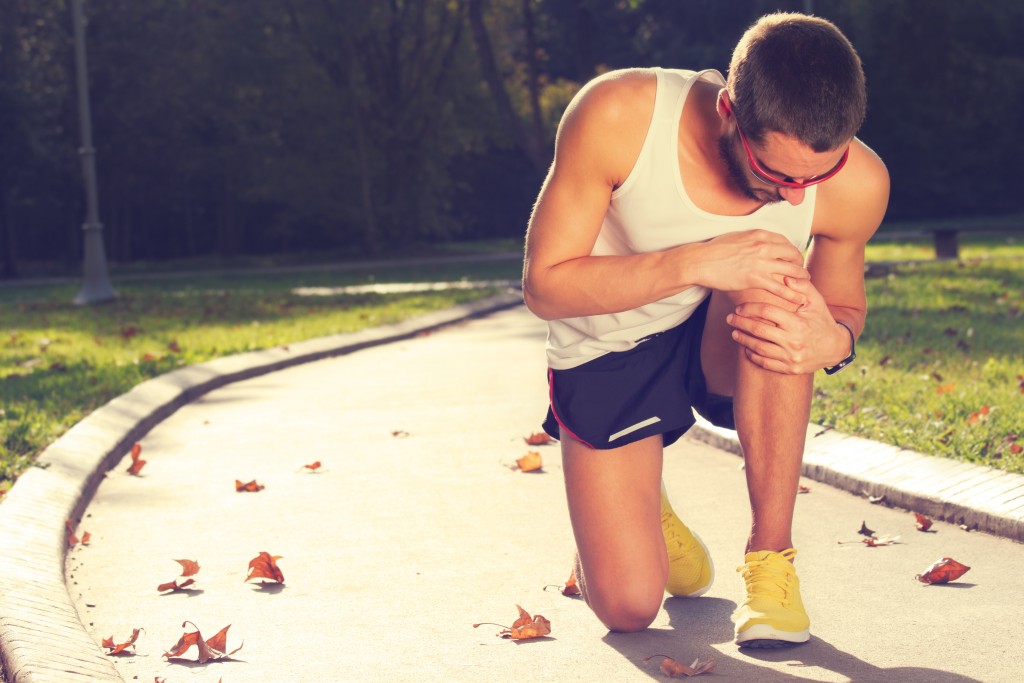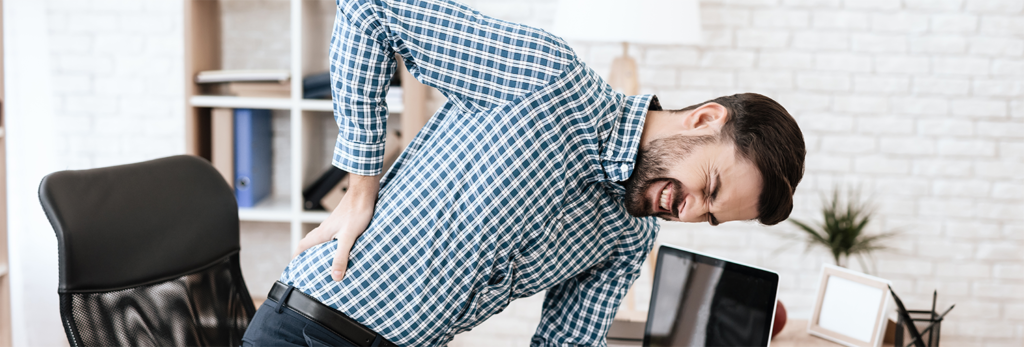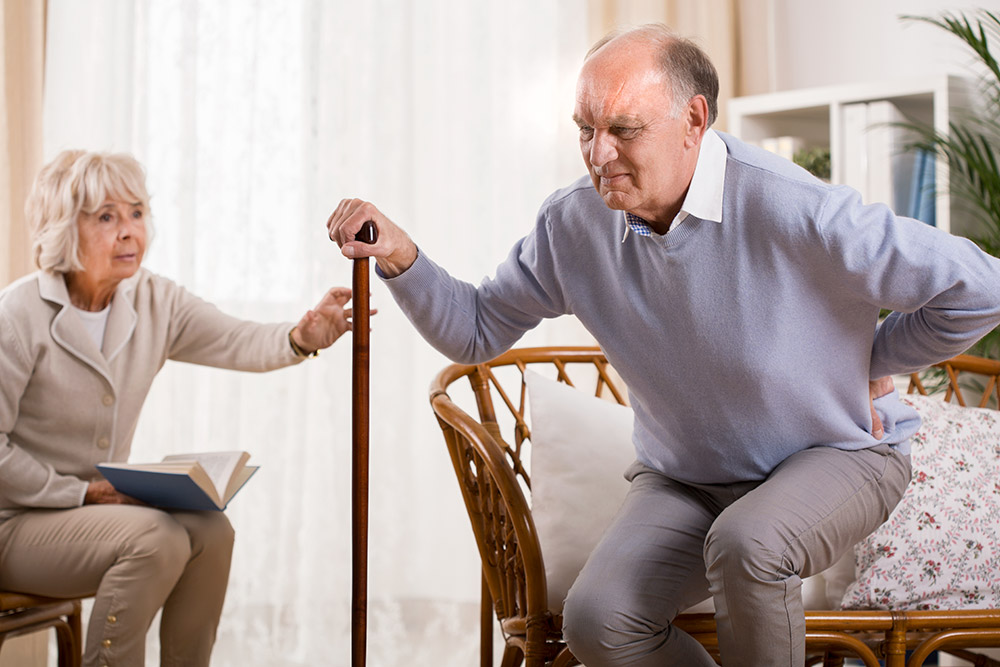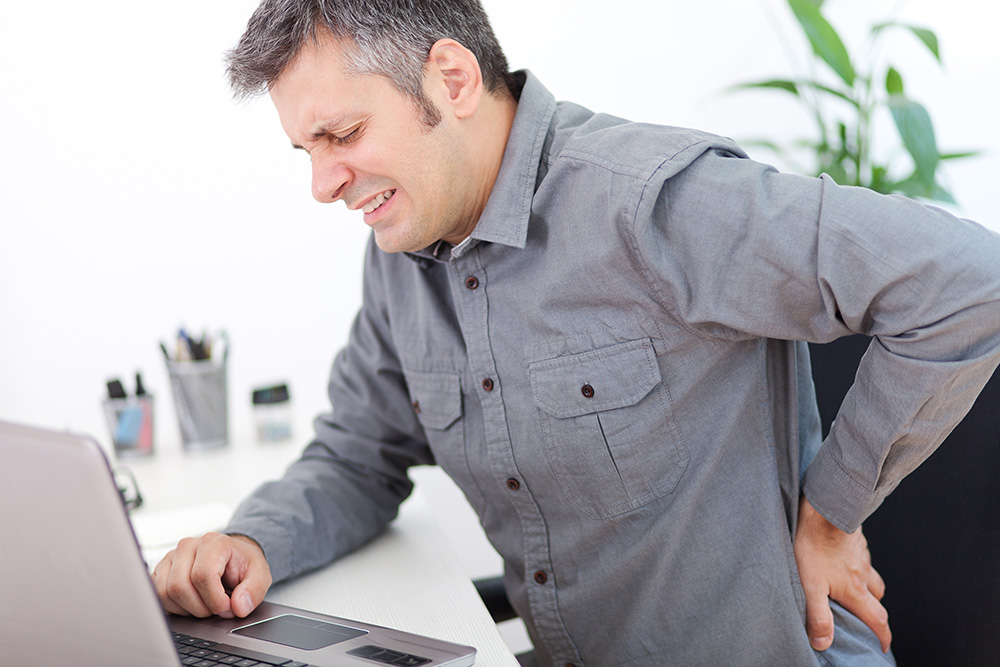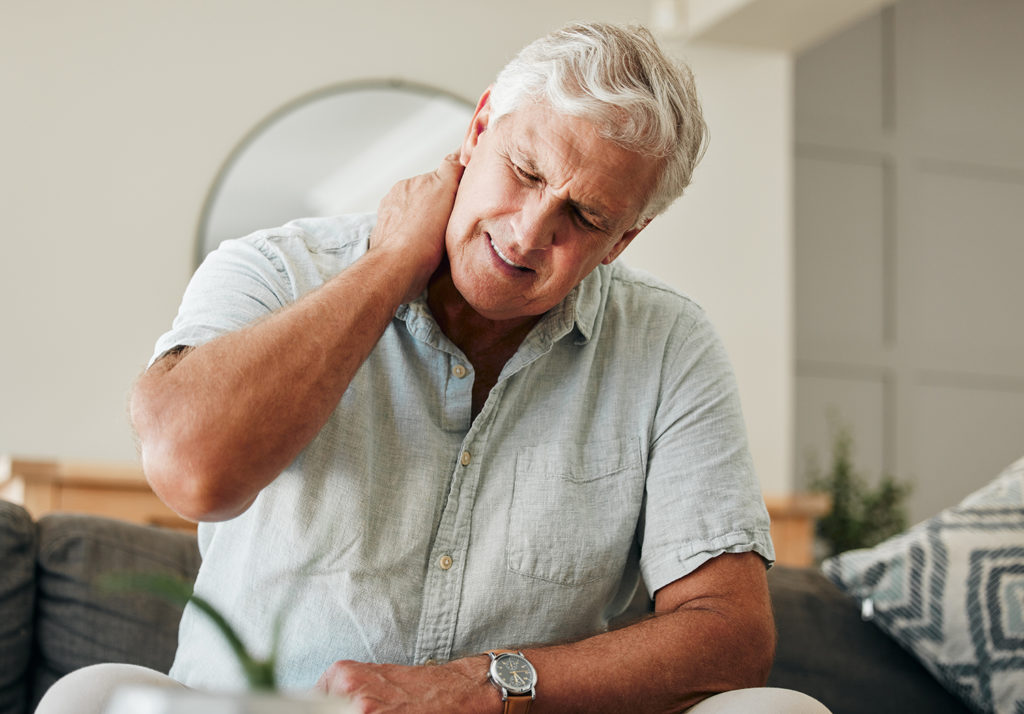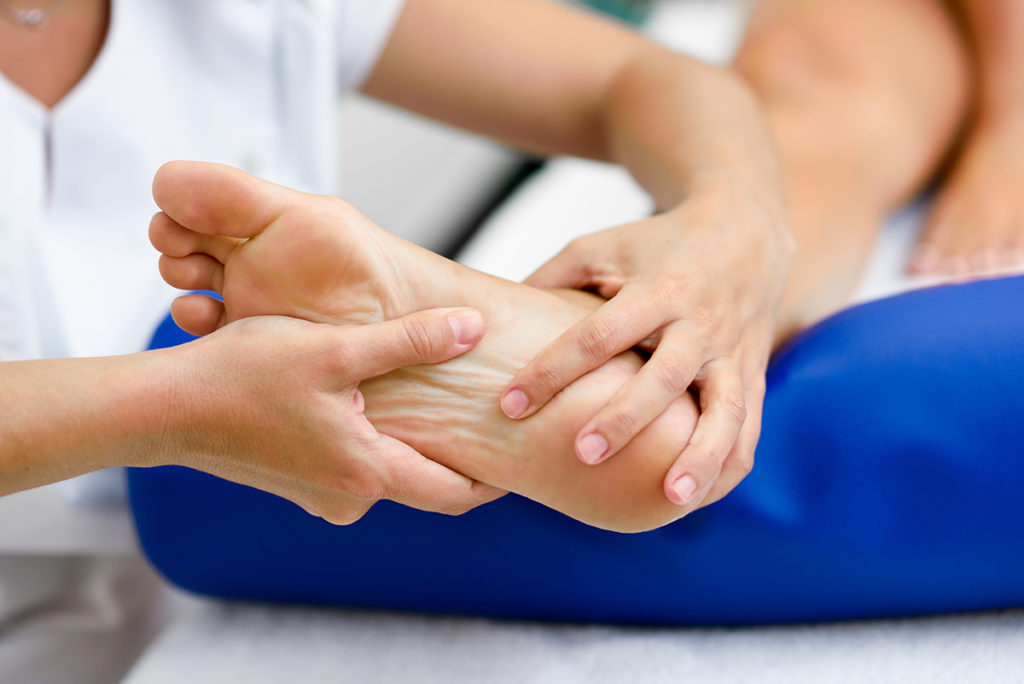Sports such as tennis can really challenge the body. There are many components of the game that require fast movements, quick lunges, twists and turns. The dynamic torsions reaching from the end of the racket, through the arm, upper body, torso, trunk then lower limb mean that all has to work well to dissipate forces.
A restriction or tension in any area of this complex chain of movements can lead to problems. Here we share some of the common complaints tennis players face and what we, as osteopaths, can potentially help with. Please note, this list is not extensive and is only meant as a guide. There will be many other treatment options, alongside exercise rehab and support help.
Tennis Players Elbow and Osteopathy treatment
Tennis elbow is a common complaint and not limited in any way to tennis players. The problem will often arise from activities involving the hand gripping an object, such as a racket in this case and repetitive use. Pain will tend to focus on the thumb side of the elbow and may radiate down the arm. It will often start as a nag, post activity, but can progress to become more persistent and increasingly painful. Tasks such as gripping, lifting and twisting can become problematic.
As osteopaths, we will often look at the painful area of the elbow, but also work on the support structures the elbow will be relying on to help. This may involve treatment of the hand, wrist, elbow, shoulder, neck and upper back. Depending on the sport or activity of the client, this may also extend to looking how forces are transmitted to the elbow, with treatment reaching as far as the lower back and legs, to help dissipate strains through the problematic area. Exercise and rehab may be given to assist progress or modifications to training protocols.
Shoulder Pain and Osteopathy treatment
The shoulder is the key joint we all tend to think of with tennis players. Rotator cuff strains and tears, impingement issues and ligament strains. For the shoulder to function well it is so important that all components function to their optimum. The joint lacks the stability of the hip, due to its shallow socked design, needed for us to use our hand for dexterity. It therefore depends on the fine tuned network of muscles, tendons and ligaments to perform well.
The osteopaths role will be to assess shoulder function and look at it in context of the demands placed upon it and how well it meets those demands. This will explore local function and function of the whole upper body. Mobilisation, massage, electrotherapy, exercise rehab, stability and proprioceptive work may all be used to enhance performance and lessen pain.
Back Pains, strains and Osteopathy treatment
Joint issues, muscle pulls, ligament strains and disc problems can all occur as a result of sport. The lower back can be particularly susceptible with tennis and facet issues are common.
Osteopathy will look to mobilise stiff areas and loosen areas of tension to create a better balance. Exercise may be given to enhance results and all will look to create balance and smooth torque generation through the body as a whole unit. An osteopath may have additional training in electrotherapy or acupuncture, which may also enhance recovery. Find out more about treatment for back pain here.
Foot and ankle sprains and osteopathy treatment
Injuries to the feet and ankles are common in court players. Slippery surfaces, quick turns and short, sharp stops can play havoc with joints, ligaments, tendons and muscles. Achilles tendons and ligament sprains are common place.
Treatment will look at early intervention, easing of swelling and early mobilisation. Stability, proprioception work and rehab will be key here, alongside mobilisation.
The foot and ankle mechanics are of key importance in dissipating forces from the ground up the leg. Restrictions in these areas can lead to injury further up in the hip or knee, if not resolved.
The key to any injury is to get it looked at and assessed early. The earlier things are dealt with, the better chance of full recovery and the quicker you can return to the sport you love.

